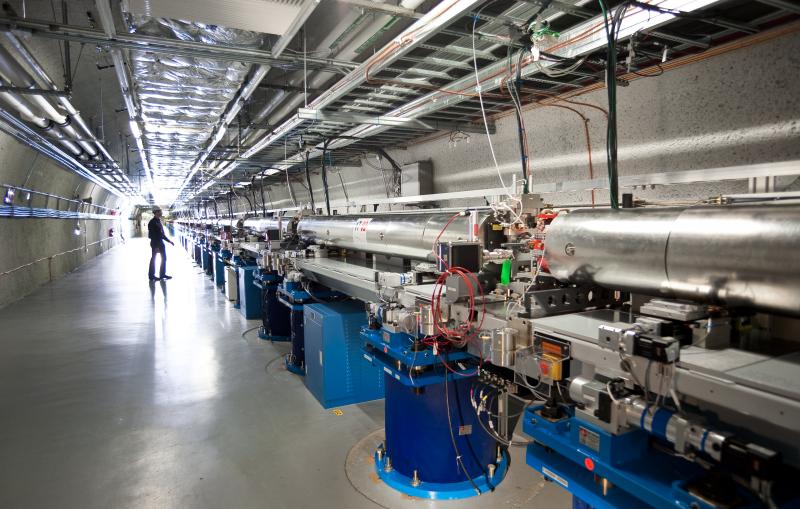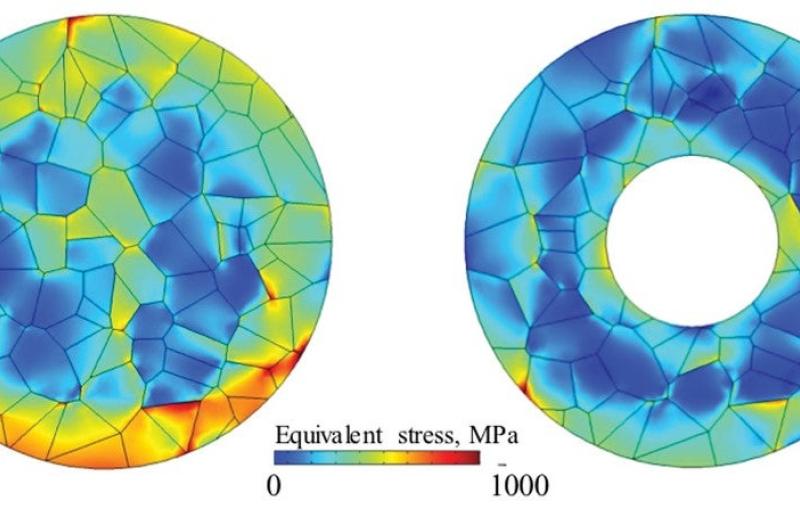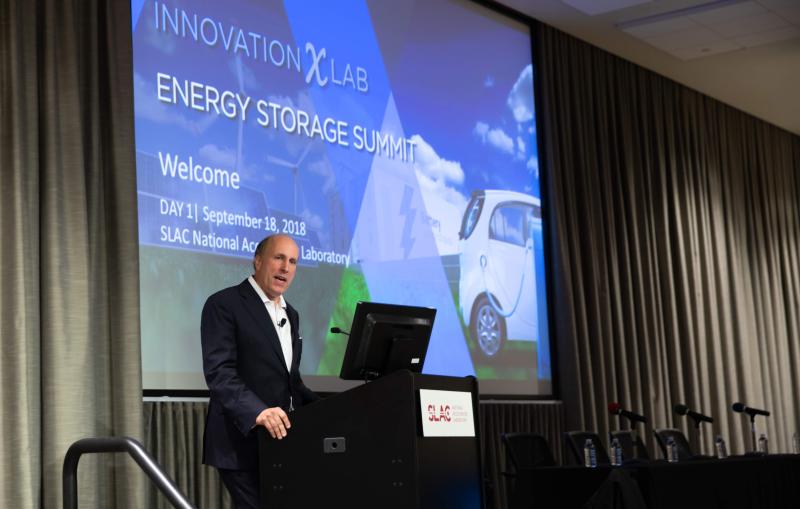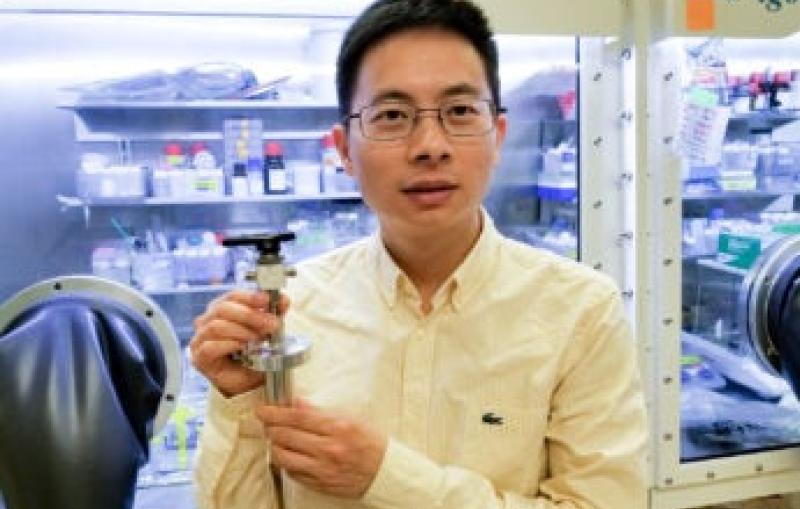


News Feature
VIA Stanford News
Stanford, SLAC Researchers Have Developed a Water-Based Battery to Store Solar and Wind Energy

Batteries and similar devices accept, store, and release electricity on demand. Scientists are using new tools to better understand the electrical and chemical processes in batteries to produce a new generation of highly efficient, electrical energy storage.
Related links:
Energy & sustainability news collection
Energy sciences
DOE explains...batteries



